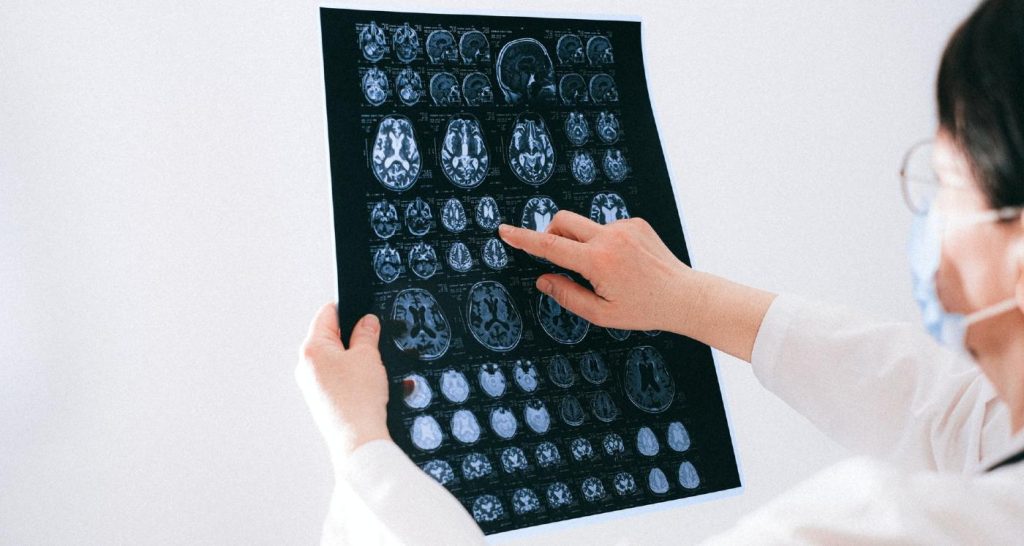In a world where hope often feels eclipsed by challenges, a dedicated research team has turned a corner in the battle against Parkinson’s disease. Their remarkable discoveries not only shed light on the complexities of this neurological condition but also hint at a brighter future for those affected.
For over a decade, researchers at the University of Sydney have been on a mission to unravel the mysteries of Parkinson’s disease, the second most prevalent neurological disorder after dementia. Led by the passionate Professor Kay Double from the Brain and Mind Centre, this team has made significant strides in understanding how certain brain proteins contribute to the disease.
The journey took a pivotal turn back in 2017 when they first identified an unusual form of a protein known as SOD1 in the brains of individuals diagnosed with Parkinson’s disease. Typically, SOD1 plays a protective role in the brain. However, in Parkinson’s patients, this protein misbehaves, clumping together and wreaking havoc on vital brain cells.
Fast forward to the present, and the research team has made thrilling advancements. Their latest study, published in the journal Acta Neuropathologica Communications, offers exciting insights into a potential treatment. By focusing on the faulty SOD1 protein, they discovered that a copper-based drug could enhance motor functions in mice showing Parkinson-like symptoms.
“We were hopeful that addressing this malfunctioning protein would yield positive results,” shared Professor Double. “But even we were amazed by how well it worked!” All the mice given the copper treatment showcased significant improvements in their motor skills, igniting optimism that similar interventions could help patients with Parkinson’s disease in the future.
In their experiments, two groups of mice were observed over three months. One group received the copper supplement, while the other was given a placebo. The outcomes were stark: the placebo group experienced a decline in mobility, whereas the copper-treated mice maintained their movement without signs of deterioration.
“The results surpassed our expectations,” noted Professor Double. “This could potentially lead to a method for slowing down the progression of Parkinson’s in humans.” Currently, options for treating this degenerative disorder are limited, leaving many in search of hope and effective interventions.
As research continues, scientists are optimistic about developing better therapies. “With a deeper understanding of Parkinson’s, we are discovering various influences contributing to its progression,” added Professor Double. Understanding factors like faulty SOD1 could pave the way for innovative treatments, much like the advancements seen in managing other complex diseases.
The next chapter involves planning clinical trials to explore the most effective ways to target the faulty SOD1 protein. This pivotal step could be the dawn of a new therapy aimed at addressing the hardships faced by those living with Parkinson’s disease.
Let’s spread the good news and foster hope for a future where breakthroughs transform lives!
If you would like to see similar good news stories click here & Share this to brighten someone’s day.







